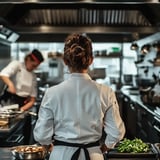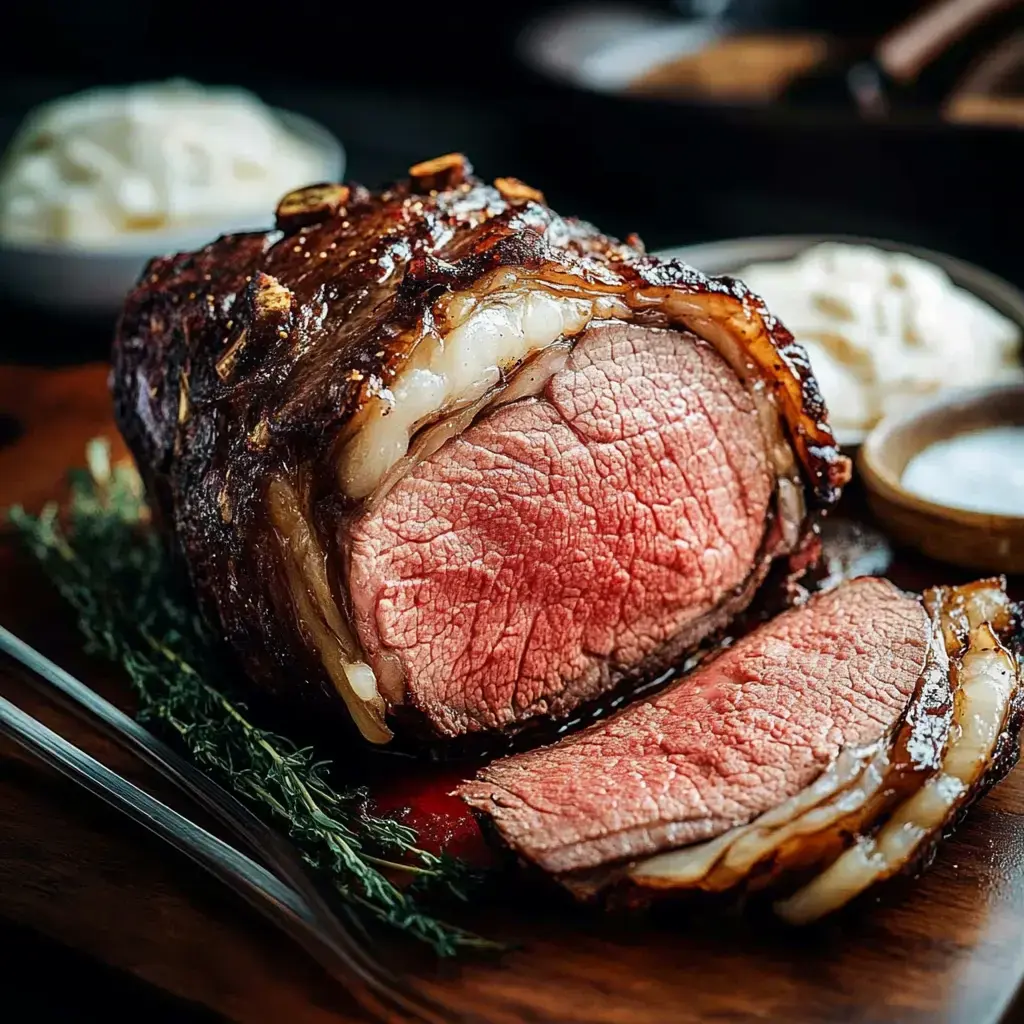 Pin it
Pin it
Perfect Holiday Prime Rib
When I want to truly wow my dinner guests I turn to this foolproof prime rib recipe. After years of testing I've found the reverse sear method creates the most incredible roast every single time. That moment when you slice into the rosy center and reveal that golden crust it's pure kitchen magic.
Why This Method Works
The slow roasting creates the most tender meat you can imagine while that final blast of heat gives you that gorgeous crust. My favorite part is how evenly it cooks no more gray edges just perfect rosy meat from edge to edge. Even better it's actually quite simple to prepare.
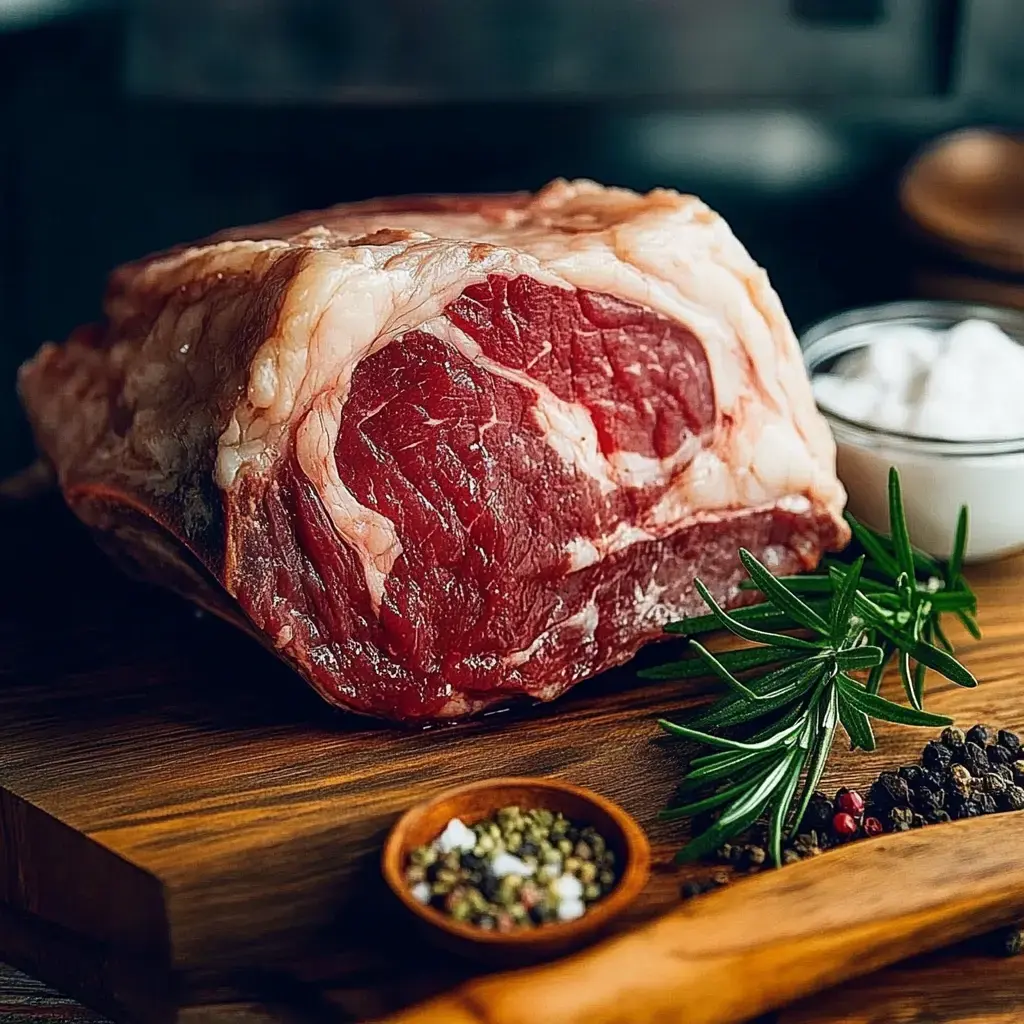 Pin it
Pin it
What You'll Need
A beautiful standing rib roast is the star here. I always get mine from my local butcher make sure it's tied well. Sea salt and fresh cracked pepper are all you need for seasoning believe it or not. Some fresh herbs for garnish make it look extra special.
The Reverse Sear Method
First season your roast generously and let it rest overnight uncovered in the fridge. Then cook low and slow at 250°F until it hits your target temperature. After a good rest blast it with high heat to create that beautiful crust. The results are absolutely worth the wait.
My Best Tips
A good meat thermometer is essential for perfect results. Spring for prime grade if you can the marbling makes such a difference. Let your butcher do the hard work of preparing the roast. That overnight seasoning really does make a difference in flavor.
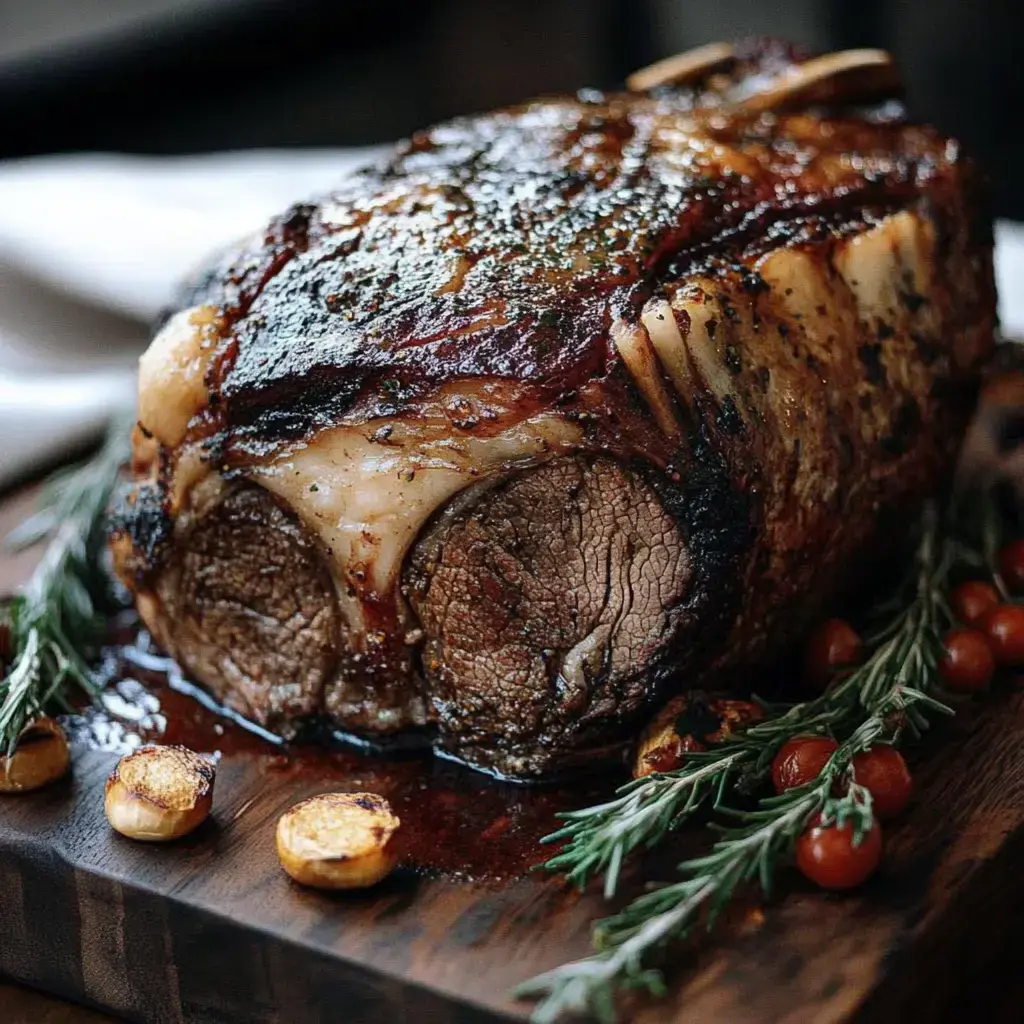 Pin it
Pin it
Perfect Pairings
We love ours with creamy horseradish sauce and crispy duchess potatoes. The leftovers make incredible sandwiches and I've even used them in homemade pho soup.
Common Questions
Plan on one pound per person for bone-in roasts. While boneless works the bone adds so much flavor. The reverse sear gives you the most control and best results. Don't worry if you don't have drippings a good horseradish cream sauce works beautifully.
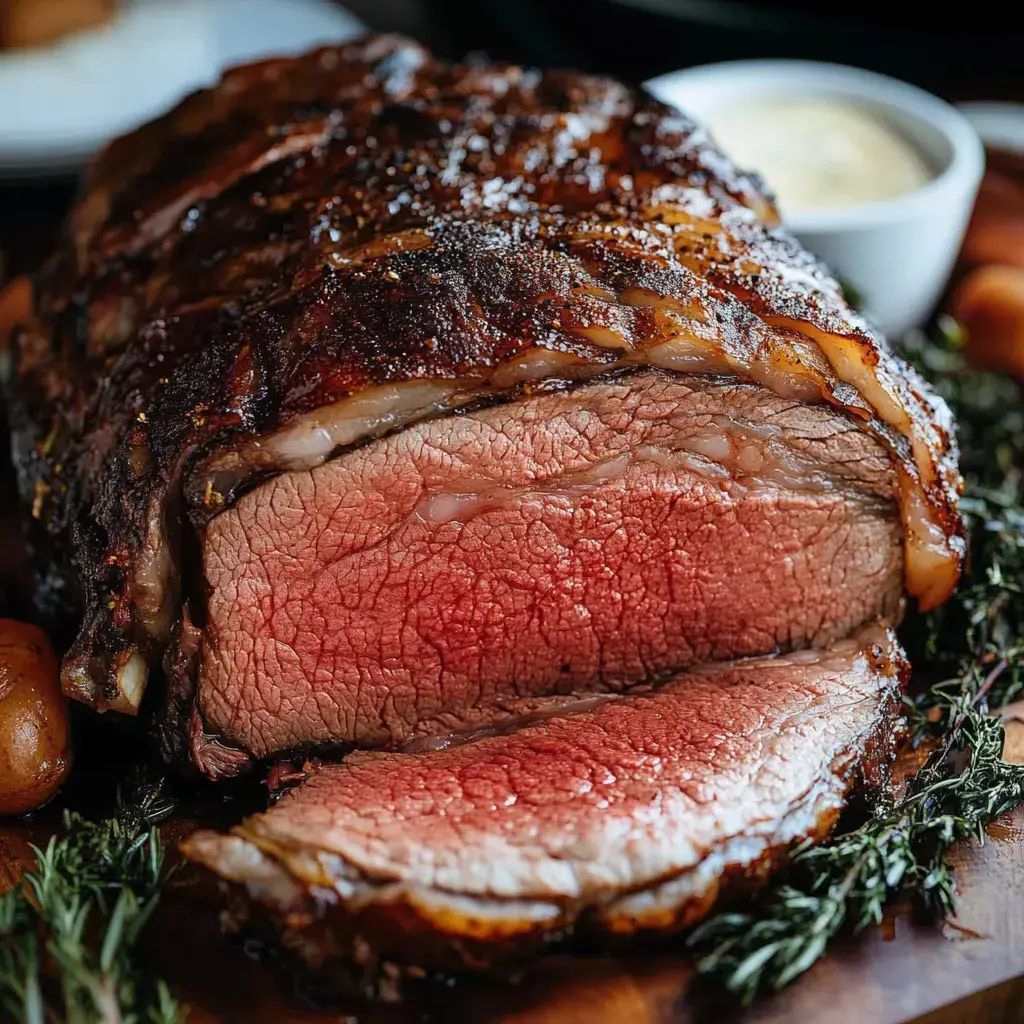 Pin it
Pin it
Frequently Asked Questions
- → Why use the reverse sear method?
- The reverse sear method ensures even cooking throughout the roast and better temperature control. The final high-heat sear creates a perfect crust without overcooking the interior.
- → Why season the day before?
- Seasoning overnight allows the salt to penetrate the meat deeply, enhancing flavor throughout the roast rather than just on the surface.
- → What's the best temperature to cook prime rib?
- For optimal results, cook at 250°F to your desired doneness (120-125°F for rare, 128-130°F for medium-rare), then sear at 500°F for the crust.
- → Why let the meat rest?
- Resting allows the juices to redistribute throughout the meat. Without resting, the juices will run out when carved, resulting in drier meat.
- → Why ask the butcher to cut and retie the roast?
- Having the meat cut from the bones and retied makes carving much easier while still getting the flavor benefit of cooking with the bones.
